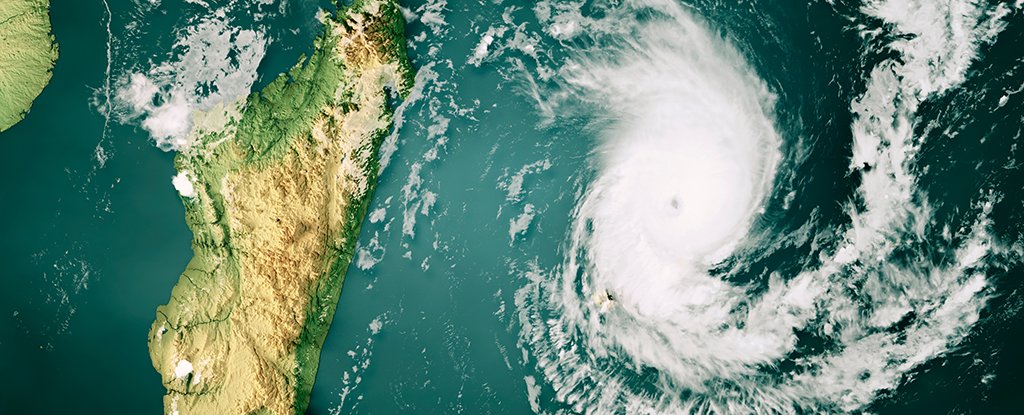Cyclone Freddy, which crossed the entire southern Indian Ocean before wreaking devastation on southeastern Africa last year, was the longest-lasting tropical cyclone ever recorded at 36 days, the UN confirmed Tuesday.
A panel of experts has been poring over the data surrounding the storm since its remarkable journey in February and March last year.
The United Nations’ weather and climate agency concluded it had indeed broken the previous record.
The extreme weather evaluation committee “recognised Tropical Cyclone Freddy’s duration of 36.0 days at tropical storm status or higher as the new world record for the longest tropical cyclone duration”, the World Meteorological Organization (WMO) said in a statement.

Freddy therefore overtakes Tropical Cyclone John, which barrelled across the north Pacific Ocean in 1994 and held tropical storm status or higher for a combined duration of 714 hours, or 29.75 days.
However, John remains the tropical storm which travelled the furthest distance, covering 13,159 kilometres (8,176.6 miles), while Freddy travelled 12,785 kilometres.
“Freddy was a remarkable tropical cyclone, not only for its longevity but also for its ability to survive multiple land interactions, which unfortunately had significant consequences for southeast African populations,” said panel member Chris Velden, a tropical cyclone and satellite expert from the University of Wisconsin in the United States.
The WMO did not make a direct link between Freddy’s exceptional longevity and climate change caused by human activity.
But on its page dedicated to tropical cyclones, the WMO stresses that climate change is linked “not only to an increased likelihood of major hurricanes, but also to direct increases in their destructive power”.
Madagascar, Malawi, Mozambique hit
Freddy caused major human and economic losses in the worst-affected countries due to its prolonged passage near and over land, the WMO said.
Freddy developed off north Australia and became a named storm on February 6.
It made landfall in Madagascar on February 21, crossing the island before reaching Mozambique on February 24, claiming lives in both countries.
It tracked over Mozambique and Zimbabwe, bringing heavy rains and flooding.
It then looped back towards the coast, regained strength and hit Madagascar again before heading back over Mozambique and Malawi, where floods and mudslides swept away homes, roads and bridges.
Tropical storms derive their power from warm water and therefore weaken over land, so Freddy ultimately dissipated.
More than 1,200 people were reported as dead or missing and more than 2,100 injured in Malawi, said the WMO. The hurricane struck as the country battled a serious cholera outbreak.
In Mozambique, more than 1.3 million people were affected, with more than 180 deaths.
In Madagascar, nearly 200,000 people were affected by the first and second landfall, the WMO said.
The damage caused by Freddy is estimated at $481 million, according to African Risk Capacity, a specialised agency of the African Union.
Value of early warnings
The WMO said that without advance warnings of the incoming danger, “the casualty toll would have been even higher”.
The agency wants to have everyone on the planet covered by first-class early warning systems for incoming weather hazards, within the next five years.
“WMO is committed to working with our partners to achieve this and tackle extreme weather and climate change related risks – one of the biggest challenges of our times,” said the organisation’s tropical cyclone programme scientific officer Anne-Claire Fontan.
Freddy will now go into the WMO’s World Weather and Climate Extremes Archive, which contains a variety of records including temperature, air pressure, rainfall, wind speed, hail and lightning.
For each potential new record, a panel of world-leading experts in that field is assembled – in this case, 12 based in the United States, Canada, France, Australia, Spain and Hong Kong.
The extremes presented for adjudication for the archive are “snapshots” of the current climate, said Randall Cerveny, who heads up the archive.
“It is possible, and indeed likely, that greater extremes will occur in the future.”










